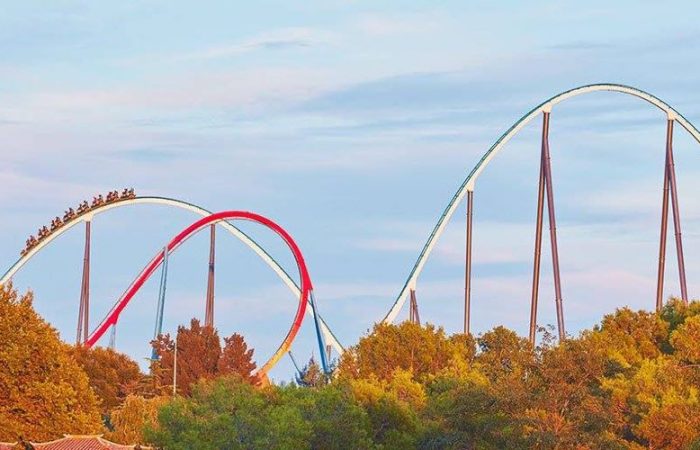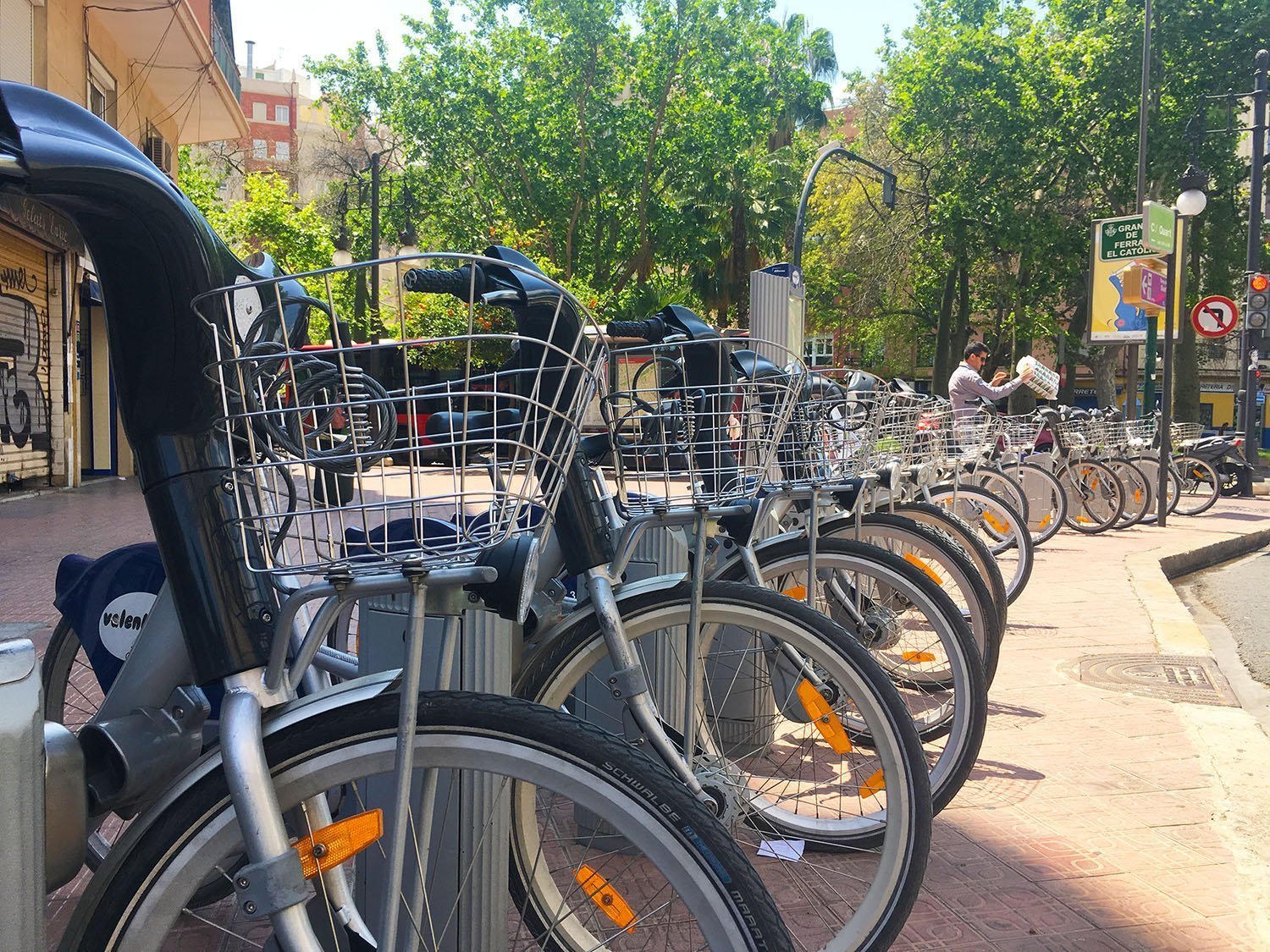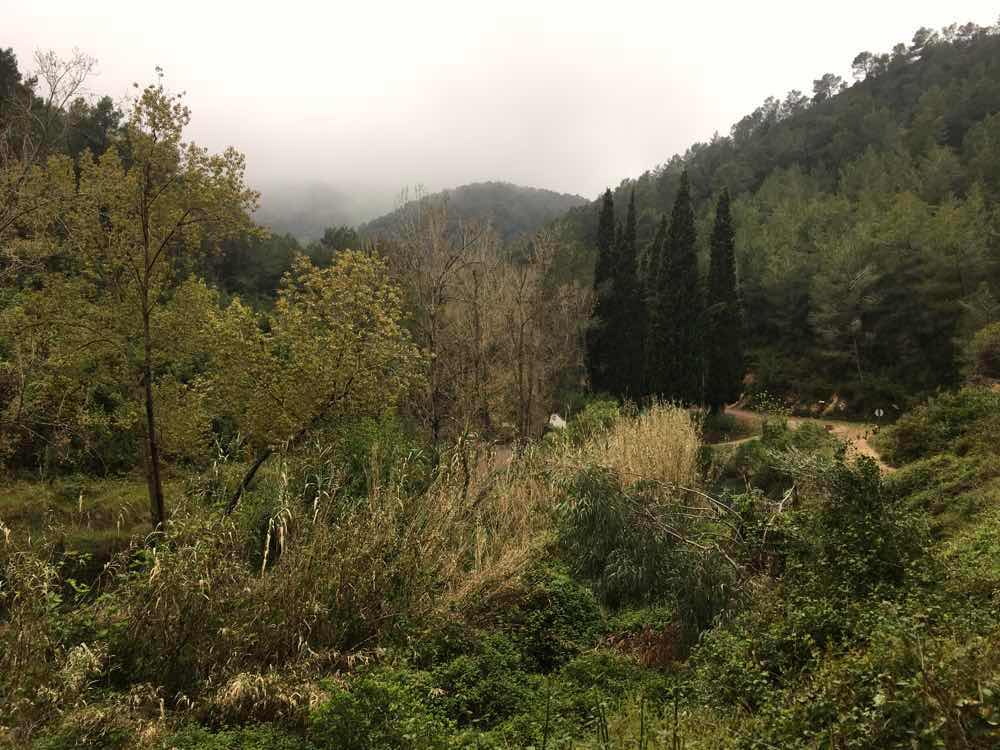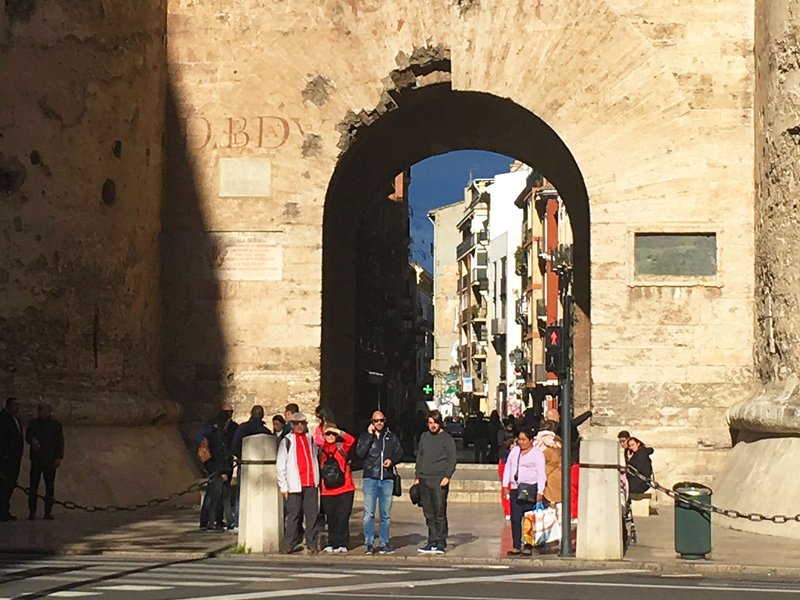Beyond local recreational activities such as visiting the Biopark or Oceanografic, attending either of the summer or winter funfairs can be terrific fun. Especially for families with youngsters. Perhaps even the curious Gulliver Park in the Turia.
Driving scenic routes reveals the diverse beauty of surrounding countryside and local urbanisations, either at the shore or on hillsides. A few other opportunities can be found at the end of a more direct journey.
Aquopolis is in nearby Cullera and Terra Mítica in located further away in Benidorm. Both can more or less be reached by bus in about two hours or in an hour by train respectively. Parc d’Atraccions Tibidabo is three or so hours away by fast train in Barcelona. Dinópolis next to Teruel, is closer but still a three hour commuter train ride away.
Others include Parque de Atracciones two hours by super fast train to Madrid, the fascinating Mariposario de Benalmádena Butterfly Park in Benalmádena beyond Malaga and Isla Mágica is an even longer haul away in beautiful Sevilla.
Possibly the most exciting venue is a two and a half hour intercity train from the Valencia north station followed by a half an hour walk away. The enormous areal of the theme and leisure park PortAventura World is one of the largest in Europe and includes both Ferrari Land and Caribe Aquatic Park.
All venues can naturally be reached by road for expats who own their car or are hiring. And, at times, far more easily.




